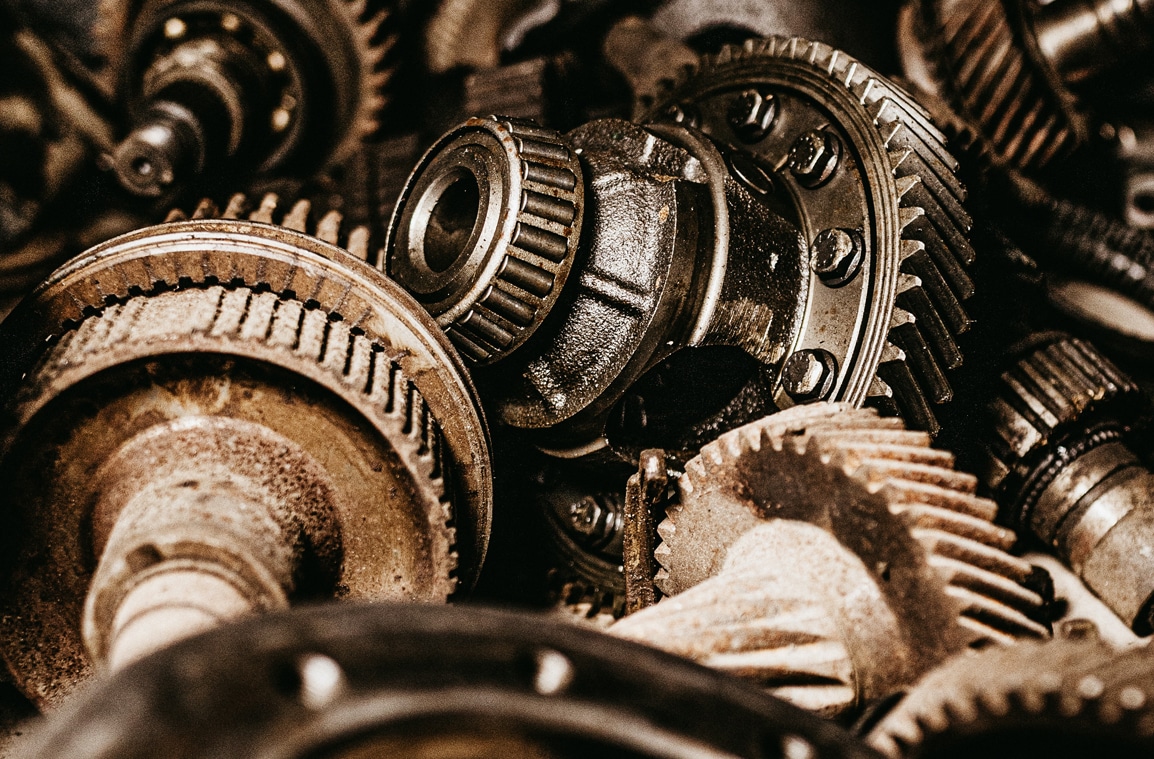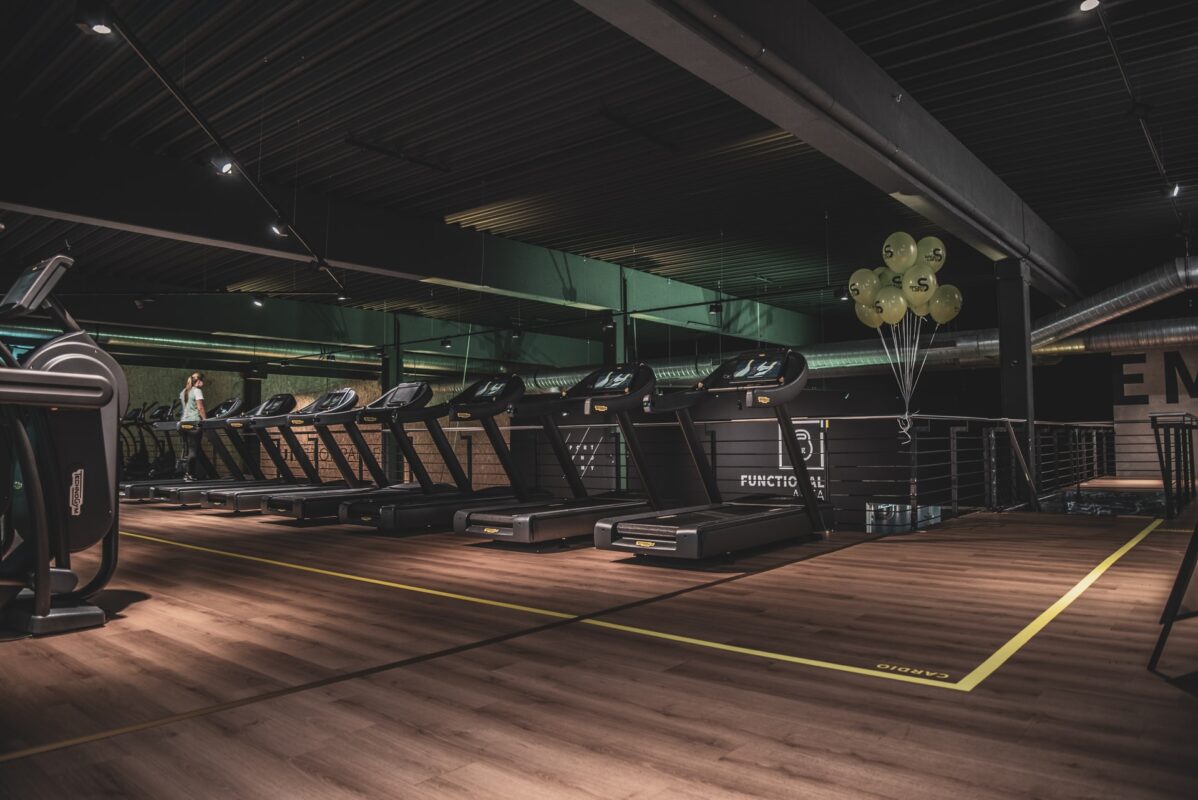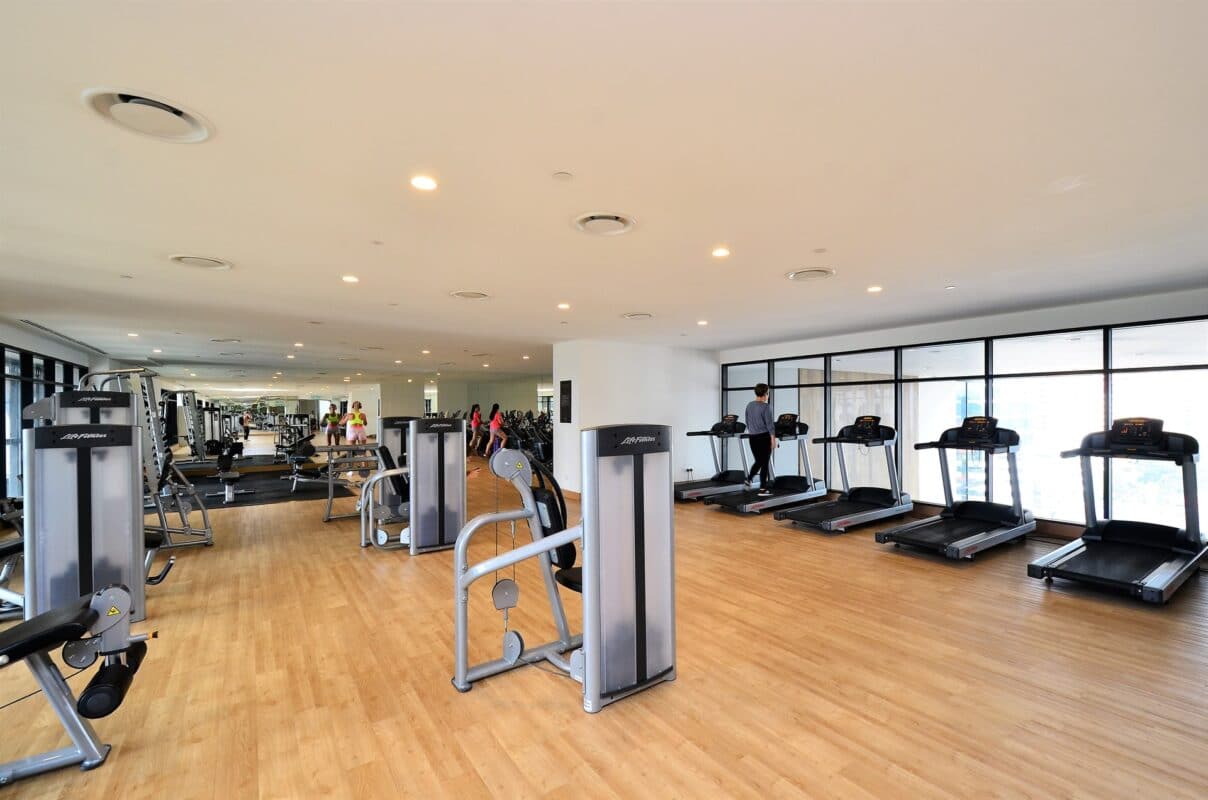Treadmills are an important component of our home gym, and because they are usually more expensive than all other equipment, a user has to ensure they make the right choice. Treadmills come mainly in two types: non-motorized and motorized.
As the name suggests, a motorized treadmill is powered by an electric motor, and the belt can rotate on its own. On the other hand, a non-motorized treadmill is manual and would run at a speed corresponding to your force on the belt.
You can learn about the topic in more detail through our previous blog. Once you have selected which type of treadmill to get, the next option is to compare the available options. For each type, there are tons of choices available, and it can be confusing to decide.
Contents
Treadmill motor
Most users would generally go for a treadmill that outshines its competitors in gimmicks. For instance, a treadmill that offers a wide range of exercise modes, Bluetooth connectivity and stream entertainment etc., would be a lucrative choice to make. However, it can go wrong.
Although these are essential factors, they are far from the ‘most important’ and should never determine your ultimate decision. You might now be thinking about what to look at, if not the main features. The treadmill motor is probably the most vital component of a treadmill and can have a significant impact on how your workout goes and how long your machine lasts.
Have you ever noticed that a treadmill suddenly slows while you are running? or it can’t run at high speed without the display-screen blinking? Well, both of these problems are an indication of a weak motor. A motor with low hp won’t be suitable for runners that wish to practice HIIT workouts; it doesn’t necessarily mean that your treadmill doesn’t have a good quality motor; it is just that it wasn’t made for high speeds.
There are several factors that determine you are selecting the right treadmill motor, and if you don’t get your decision right, there’ll be problems ahead.
We don’t want you to face any troubles after your purchase, so in this blog, we will be talking about treadmill motors in complete detail. You would find details regarding the type of DC motors, their peak duty, how the treadmill belt impacts your motor performance, rpm rating and precisely everything you need to know about treadmill motors. Let’s get started.

Why is a treadmill motor important?
If there is one thing that keeps your running belt moving, it is the motor. Its rotation determines how fast the belt moves. As you increase your speed, the strain on the motor increases. You can simply take it as the heart of your treadmill. As your heart rate increases with an increase in your efforts, so would the power output of your motor.
The analogy leads us to a crucial question ‘can you survive with a broken heart?’ Well, the same stands true for your treadmill motor. If the motor can’t function properly, the entire treadmill would face problems or may even stop working.
Weight Limit
Similarly, your treadmill has varying weight limits; some of them can allow up to 400 pounds while others have as low as 200 pounds. The weight limit of the treadmill is dependent on the capacity of the motor. A heavier person using the treadmill would mean that the motor needs to exert more power to keep the belt moving.
Hence, you would have noticed that cheap treadmills generally come with a low weight limit. It is because they have a motor with a low continuous duty rating. Nevertheless, the weight limit is also affected by the cushioning of the track, the quality of material used and the build. Thus, you need to ensure that you are choosing a suitable motor based on your weight.
Running experience
Another aspect that a treadmill motor impacts is your running experience. A treadmill motor would generally have a continuous duty rating, which determines the speed it can run on without lagging. Cheaper or low rated motors are usually poor at preventing the lag, and when running on such a treadmill, you would notice that your footstrike is often untimed.
Also, these motors tend to heat up after sessions of high-speed performance.
You might now be convinced that the treadmill motor is a critical factor to check before you buy a treadmill. It’s essential to understand which motor should be your choice and how to identify one. Let’s talk about them.
Branx is a company that has been manufacturing treadmills since 2008. They currently produce home and commercial grade treadmills. Their machines are globally recognized for their quality and affordability and they are deemed one of the best treadmills suppliers around.
How are treadmill motors different?
Most beginners are often deluded into believing all motors are the same, but in fact, they aren’t. There are several parameters that determine how well they work. The power of treadmill motors is measured using their horsepower- a unit to measure the power exerted by the motor. The value of horsepower would vary between 1.5 hp to 4 hp for treadmill motors. However, the value of horsepower isn’t the sole determinant of your motor’s efficiency, as it is further divided into brackets.
Peak duty
It is simply the highest power that your treadmill motor can exert at an instant. A treadmill would usually be bearing the highest strain if you have set the top speed and have a high incline level. The condition puts an increasing burden on the motor. It isn’t recommended to use a motor at its peak power.
Even a powerful motor, once used at its peak duty, would start heating up, and in some cases, you will feel a lag and untimed strides. If you keep on using the treadmill at its motor’s maximum, there is a fair chance that the motor would need repairs or a replacement. A treadmill motor has its peak duty power enlisted on its cover alongside the continuous duty that we will discuss ahead.
Continuous duty
As the name suggests, it is the average horsepower that your machine exerts throughout the workout. It is expectedly lower than peak power; however, the difference isn’t as big as most users would expect. Continuous horsepower is the power that your treadmill motor could exert in general workouts. It is also the ideal power that you should be using your treadmill at.
Similarly, you will also find the treadmill duty ratings listed on the cover alongside the other ratings. It is a rating between peak horsepower and continuous horsepower. Treadmill duty rating is usually the consistent value of horsepower that your machine could exert without overheating. The latest treadmills come with improved continuous duty motors that have the ability to provide consistent power for longer exercise sections.
Although these treadmills are restricted for commercial use only, due to their price, you can still have a strong DC motor that won’t trouble you for long. An important thing to note here is that AC motors can have a high peak horsepower, but their continuous duty power is low. Hence, they are suitable for machines that are used for longer intervals.
What is the RPM, and how does it matter?
RPM or rounds-per-minute tells the number of times a motor completes its full rotation. You can recall the term from your car’s speedometer. As the rpm of a car rises when it’s working at high speed, the RPM of your treadmill motor would also increase at high speeds. The RPM (torque) of the treadmill motor can roughly be calibrated to the number of turns your belt makes in a minute.
When using a treadmill at its maximum speed or incline, it would be working at the highest rpm. We need to ensure that the RPM of the treadmill isn’t consistently high, as long spells of peak RPM are equivalent to working your treadmill at its peak power. A machine working at its maximum rpm rating would be prone to problems and a shorter lifespan.
When buying a new treadmill, your goal should be to find a treadmill that has a decent CHP motor with an RPM close to 5000. For instance, A treadmill motor with 2.5 hp and an RPM rating of 8000 would mean that it works at its highest RPM whenever you run at it. Thus, it would have more wear and tear, and your new treadmill would have to see a mechanic often.
What should you choose?
When we are recommending a treadmill to the user based on its motor, our main priority is to identify how it is going to be used. A home treadmill will generally be used by one to two individuals; hence, the motor won’t be under heavy-duty for most of the day. The relaxed workload would allow a small size motor with an RPM rating of 5000. On the other hand, a treadmill to be used at a gym or public park will be equipped most of the time; hence, it is essential to have a durable motor that can suffice various needs and uses.
However, the home treadmill motor can still be vulnerable to problems if it isn’t used rightly. There is a range of motor capacities that work for various exercise routines. Let’s talk about them.
For walkers
Understandably, a treadmill to be used by walkers only would barely be used at its highest duty and would often be worked at a low RPM. In such a case, a treadmill motor with high specifications would be an excessive waste of money. Ideally, a walker should get a 2.0 continuous duty motor; it would have enough horsepower to be appropriate for your walks.
For joggers
With all due respect to walkers, a treadmill would rarely be bought for walking only. There might be some days when you feel energetic and are ready to conquer your dreams, so you won’t like to walk to them; you would jog to them. Right? If these days of jogging often come for you, you need to have a relatively powerful motor than the one mentioned above. For joggers, it is vital to get a reasonable size motor with adequate capacities to be enjoyable for your workouts. It is generally recommended that you use a motor with a 2.5 CHP rating.
For runners
Some people are in a hurry to achieve their dreams, and rightly so, they should be motivated to run towards them. Now, your dream of having an ideal physical body may require frequent sessions of high-intensity training that’d need you to run fast. It can’t be feasible to run at a treadmill with a 2.5 CHP motor; Although most treadmills would readily accept the faster speed, you won’t enjoy your workout due to lags. The ideal treadmill motor ratings for running is 3.0 CHP or higher. Also, ensure that it has a high peak duty rating.
Conclusion
We have finally come to the end of the blog. I have ensured that all the necessary information is included about treadmill motors. If you keep a check on all these ratings while buying a treadmill, there is a rare chance that your decision will go wrong. Most treadmills would last for about five years if they are properly maintained. Treadmill motors come with a warranty too, so if your motor has a problem while in warranty, you can get it replaced for a nominal charge.
Treadmill running is a valuable exercise routine to help you achieve your fitness goals. Some sessions of high-intensity interval training can be vital in helping you build endurance and lose weight. However, as these sessions require a higher heart rate, it is better to seek professional medical advice before starting.

FAQs
Should I go for folding treadmills?
Folding treadmills are generally designed for home gyms, as they are easy to accommodate in tight spaces. However, the folding feature comes at the expense of lesser stability and worse body posture. Hence, if you have enough space, it’s better to go for a standard one.
How to identify a good motor?
Treadmill motors can be subjective in their reviews and depend mainly on the user’s exercise routine. A less powered motor would be alright for a walker or slow jogger, but to expect that it would work the same for intense running is a false expectation. When getting a treadmill, you need to have a clear idea of what you expect from it and how much power would your goal require. Click here for more advice and education on treadmills





